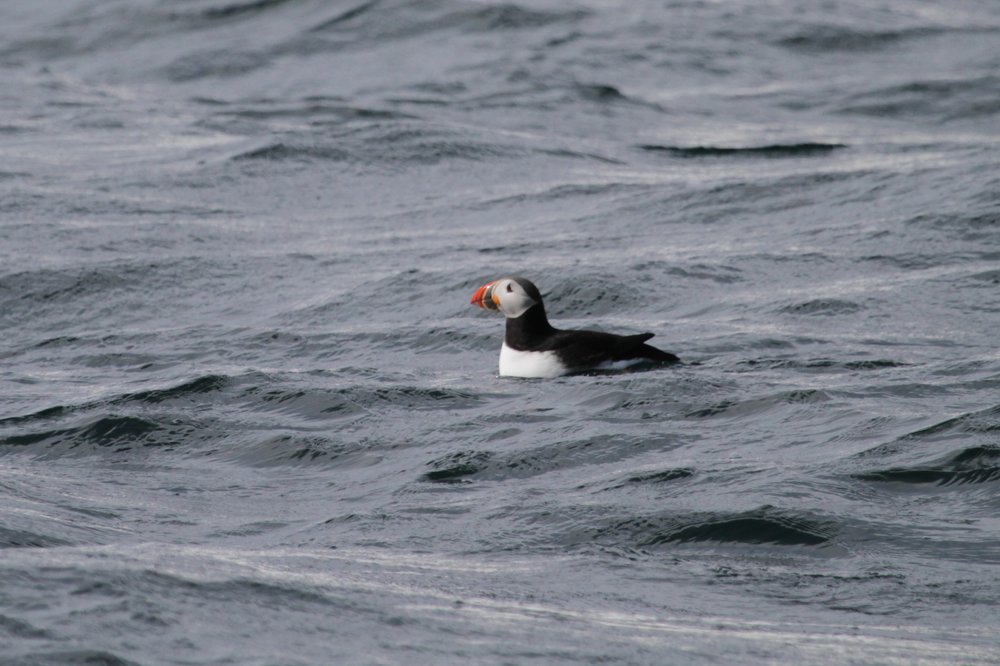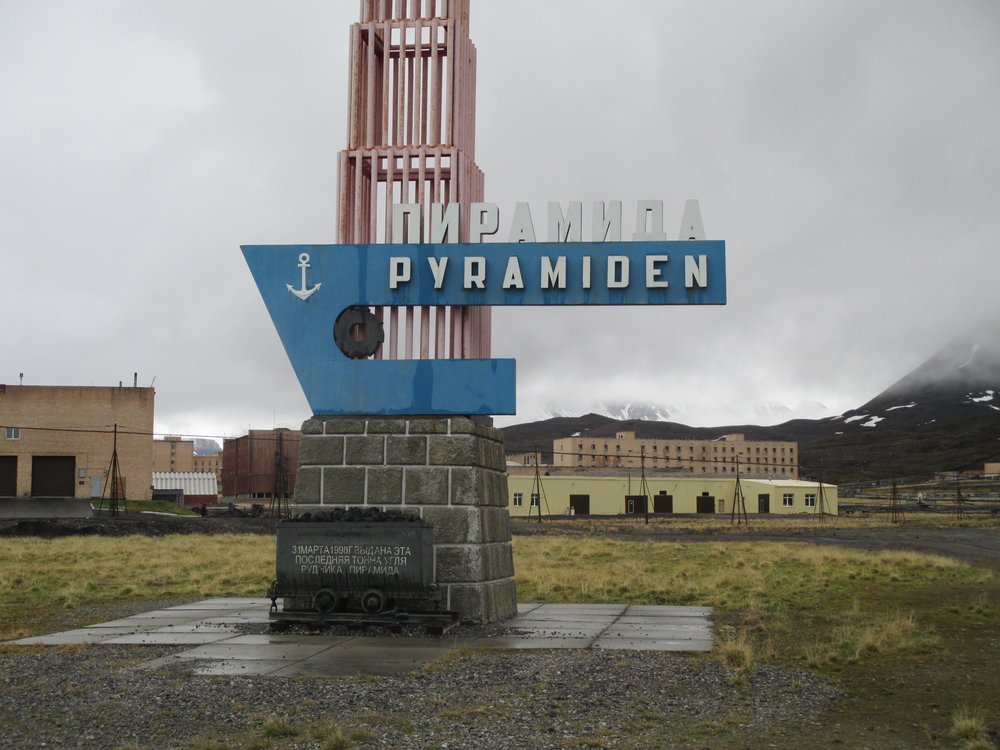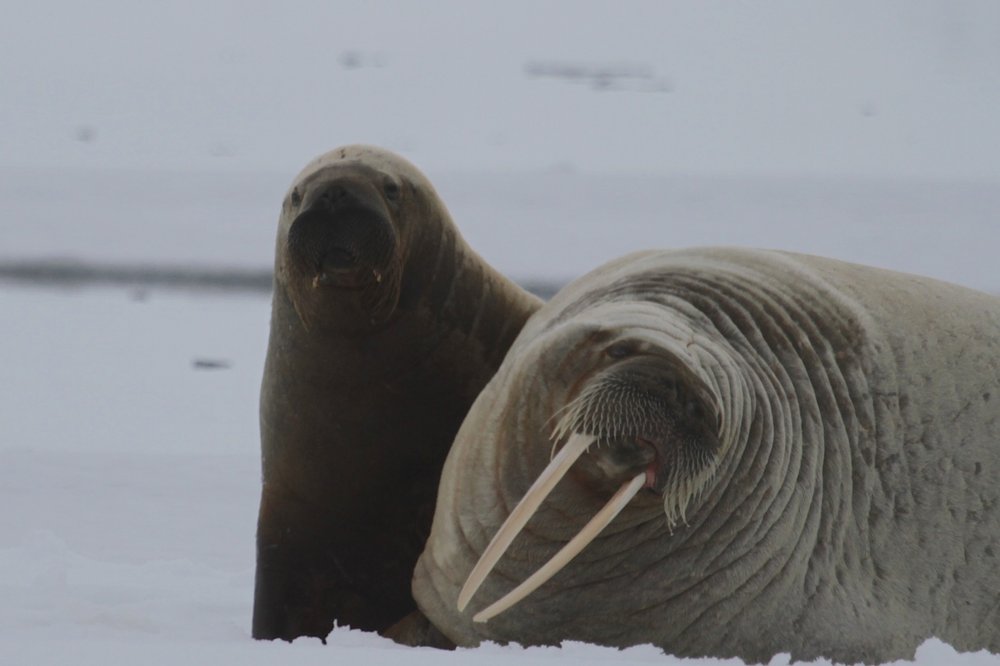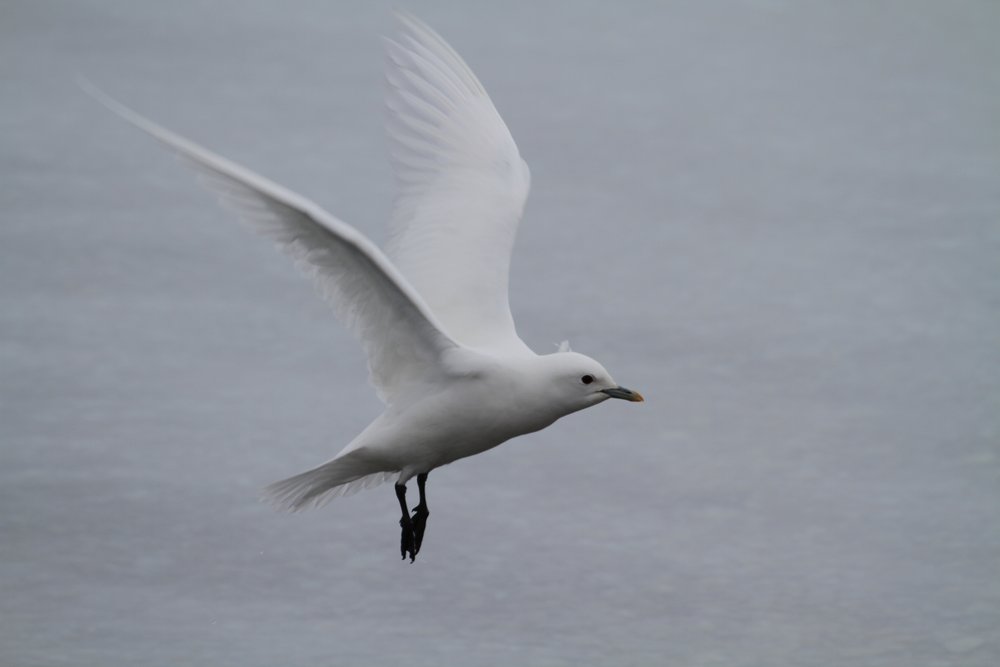 PuffinI left the narrow, gravel beach and walked across the layer of snow, uphill, toward the side of the half green mountain towering above us. From time to time the grainy snow collapsed under my weight and I punched through to thigh level. At one point, my foot came up without the Muck boot; I dug down to liberate my boot.
PuffinI left the narrow, gravel beach and walked across the layer of snow, uphill, toward the side of the half green mountain towering above us. From time to time the grainy snow collapsed under my weight and I punched through to thigh level. At one point, my foot came up without the Muck boot; I dug down to liberate my boot.
At the top of the short hill stood Sara Blue with her husky dog Nemo. I wondered if, standing there scanning into the distance for bears, she was bored or content. Did she want conversation or to be left with the silence of the Arctic landscape?
That silence was punctuated by the calls of the Little Auks (known in the States as Dovekies) on the mountainside above us. I could see the flurry of activity of the auks, skimming left and right in small flocks. Their busyness was dizzying, dots disappearing against a craggy mountainside, or landing on a flank of the mountain, like pepper sprinkled to season to the snow. They seemed to know what they wanted, where they were going. Self preservation and propagation—that is the whole story.



